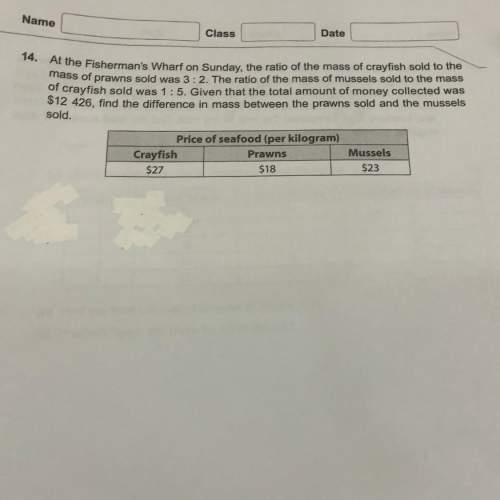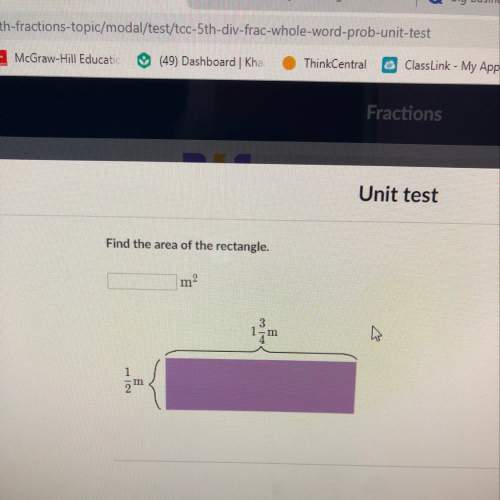
Mathematics, 13.11.2019 06:31 3steves
Letx be a negative binomial random variable with parameters r and p, and let y be a binomial random variable with parameters n and p. show that p{x > n} = p{y < r} hint: either one could attempt an analytical proof of the preceding equation, which is equivalent to proving the identity

Answers: 3


Other questions on the subject: Mathematics

Mathematics, 21.06.2019 14:30, kajjumiaialome
Isee the amount was $90.00 then reduced to $75.00 , what is the percent ?
Answers: 1

Mathematics, 21.06.2019 16:20, tmantooth7018
The lengths of nails produced in a factory are normally distributed with a mean of 4.91 centimeters and a standard deviation of 0.05 centimeters. find the two lengths that separate the top 4% and the bottom 4%. these lengths could serve as limits used to identify which nails should be rejected. round your answer to the nearest hundredth, if necessary.
Answers: 3


Mathematics, 21.06.2019 22:00, meg7211
There are 3232 forwards and 8080 guards in leo's basketball league. leo must include all players on a team and wants each team to have the same number of forwards and the same number of guards. if leo creates the greatest number of teams possible, how many guards will be on each team?
Answers: 2
You know the right answer?
Letx be a negative binomial random variable with parameters r and p, and let y be a binomial random...
Questions in other subjects:

Health, 24.04.2020 20:41

Social Studies, 24.04.2020 20:41


Physics, 24.04.2020 20:41











